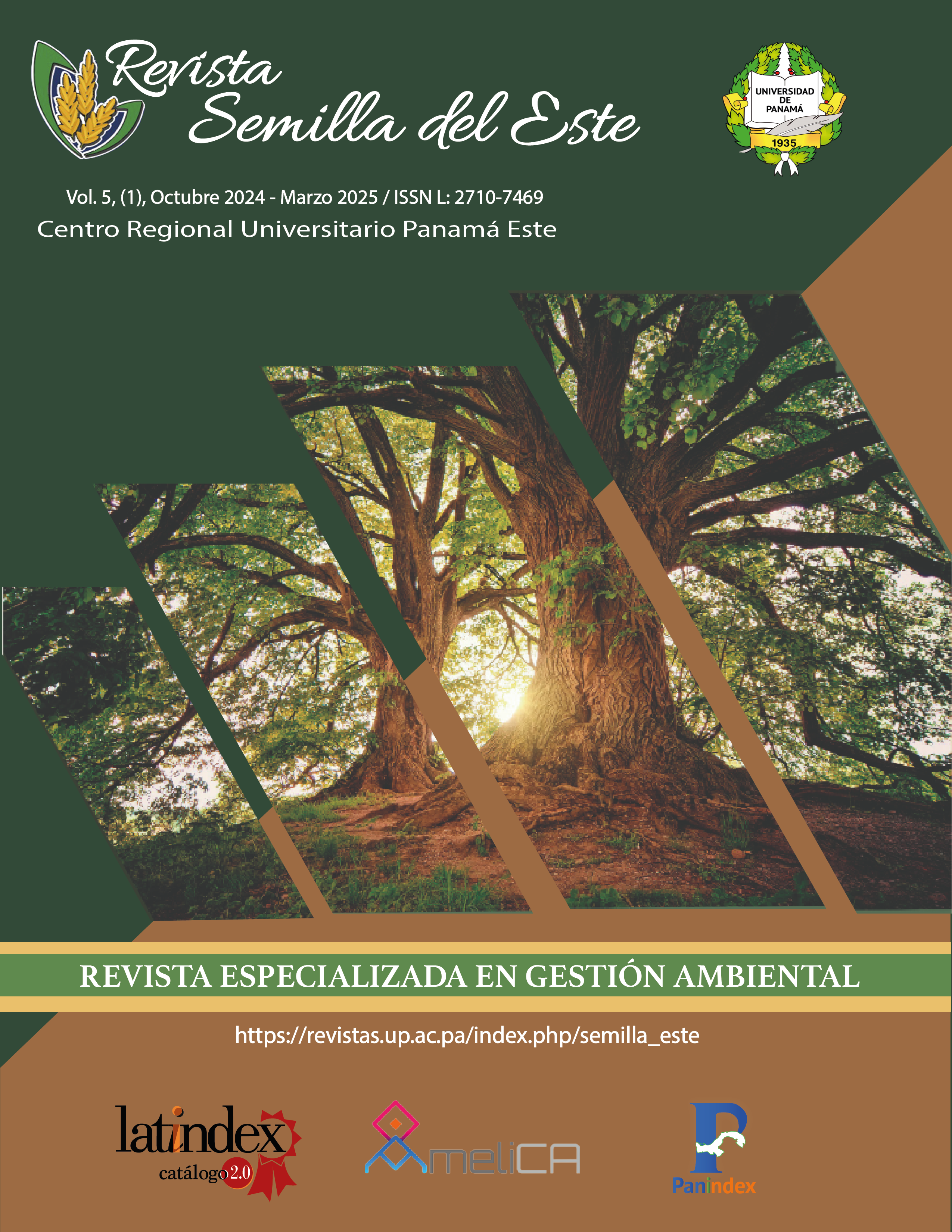


This work is licensed under a Creative Commons Attribution-NonCommercial-ShareAlike 4.0 International License.
Rivers and streams are dynamic ecosystems where chemical and physical factors fluctuate constantly. This variability makes it necessary to study biological indicators such as diatoms to provide a more comprehensive and accurate assessment of the state of the water body. At a depth of no more than 10 centimeters, five rocks of approximately the same size were collected at three sites along the Cáceres River, scraped with a firm-bristled brush, and the resulting liquid was used to oxidize, wash, and prepare the material for microscopic observations. 832 valves were counted and 17 genera of epilithic diatoms were recorded, where the most abundant were Navicula (26%), Cocconeis (20%), Nitszchia (17%) and Gyrosigma (17%). The richness of genera per site is similar, however, the CADU site and El Llano are more similar, due to their proximity in location and values in the physicochemical parameters. 62% of the variation in abundance is related to electrical conductivity and total dissolved solids in the upper part of the river. The abundance of the genera Cocconeis, Navicula, Nitzchia and Gyrosigma, as well as the low presence of other genera in the different sites suggests that the Cáceres River has organic contaminants, which is affecting the epilithic diatom communities and therefore the water quality.